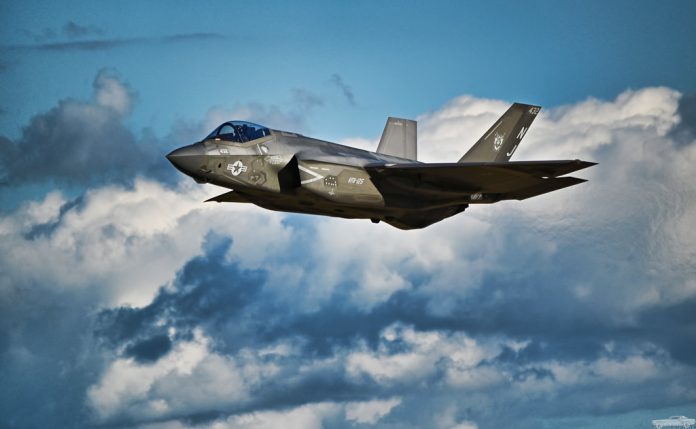
Norway is taking a giant leap in green military technology by announcing that its fleet of F-35 Lightning II multirole fighters will be powered by biofuel by the end of the year.
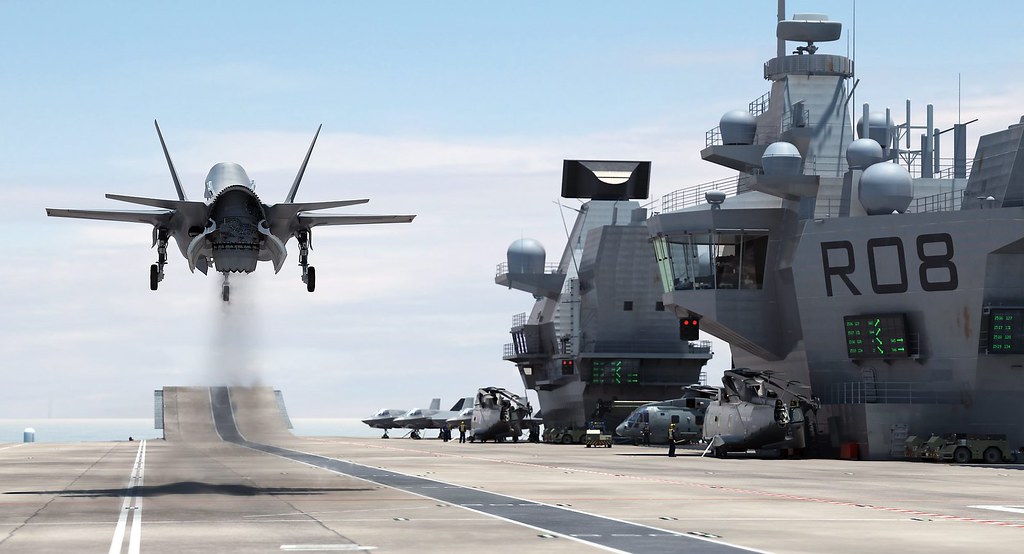
This groundbreaking initiative highlights the country’s commitment to reducing carbon emissions and enhancing energy security within its Armed Forces. The Norwegian Ministry of Defense declared this bold move on May 14, 2024, marking it as a historic first for the nation’s F-35s.

The transition to biofuel is fraught with technical and logistical hurdles, as the biofuels must adhere to stringent standards to avoid any compromise in fighter jet performance or safety. Nevertheless, the advantages are immense, notably in cutting carbon emissions and lessening reliance on traditional fossil fuels. This development is somewhat surprising for a country like Norway, which has a wealth of fossil fuel resources.

Military aviation has flirted with biofuels before. The US Air Force, for instance, flew an F-22 Raptor on a biofuel mix in 2010, proving that combat aircraft performance need not suffer for the sake of using greener fuel options. The US Navy also ran successful tests with biofuels on its F/A-18 Super Hornet fighters. Notably, the “Green Hornet” operated with a 50% biofuel blend created from camelina oil.

The Royal Air Force took a similar route in 2014, flying a Tornado GR4 powered by a blend of traditional fuel and biofuel derived from microalgae. Other nations such as France, Germany, and Brazil have similarly been exploring biofuel options for their air forces.
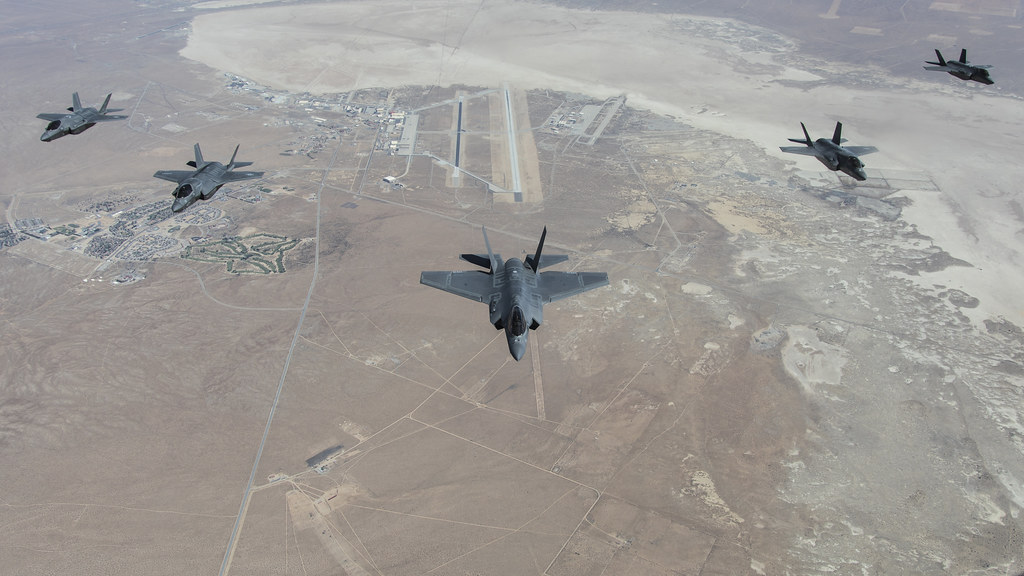
One of the strategic benefits of biofuels is the reduction of dependency on imported fossil fuel sources. Biofuels can be produced locally from a variety of raw materials like energy crops, agricultural leftovers, and organic waste, hence enhancing national energy security.
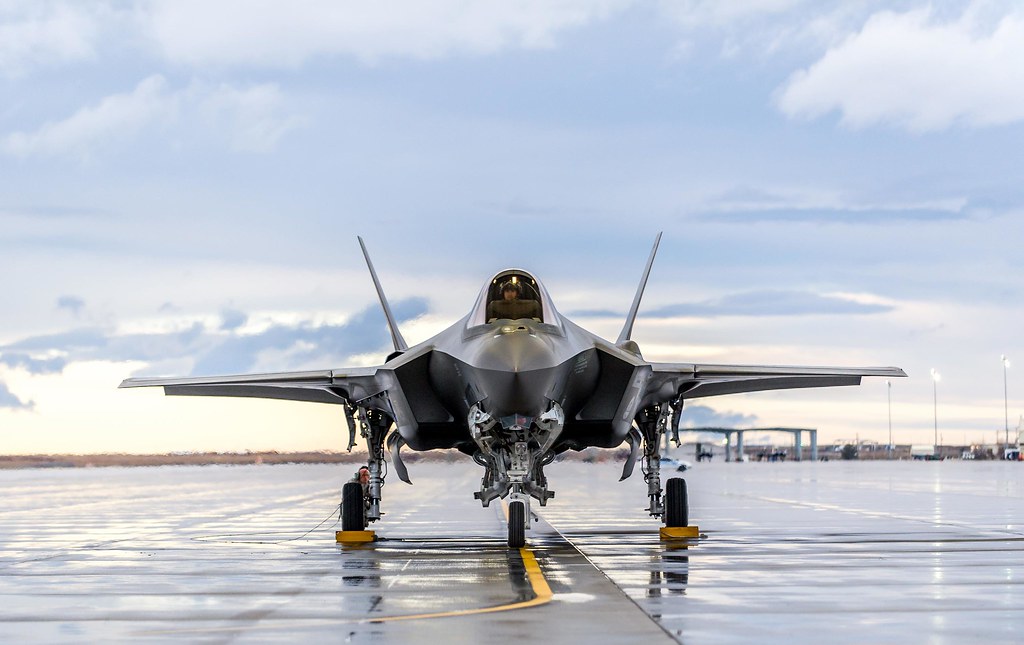
Particularly in conflict scenarios, the capability to produce fuel domestically could decrease the vulnerability of armed forces and ensure a more stable and secure energy supply.
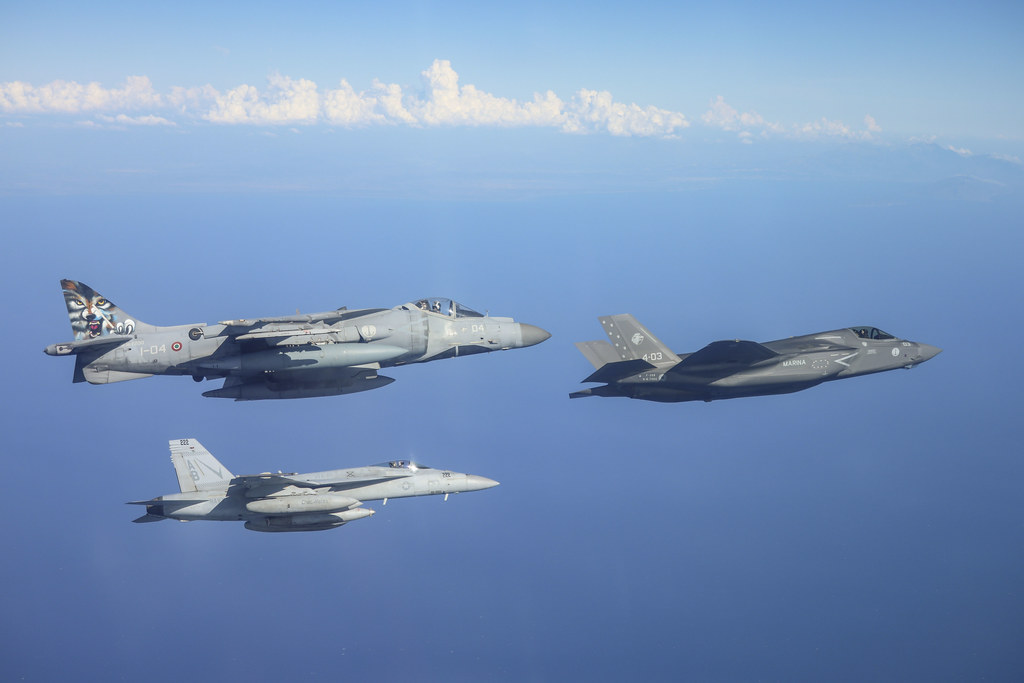
The F-35 Lightning II, a product of Lockheed Martin, is a fifth-generation multi-role aircraft, epitomizing modern air power’s evolution.

Having entered service in the mid-2010s, this advanced aircraft is equipped with a Pratt & Whitney F135 engine, enabling incredible speeds and providing significant strategic value for extended operations. It’s equipped to carry a hefty amount of internal and external armament, allowing for versatile mission capabilities.
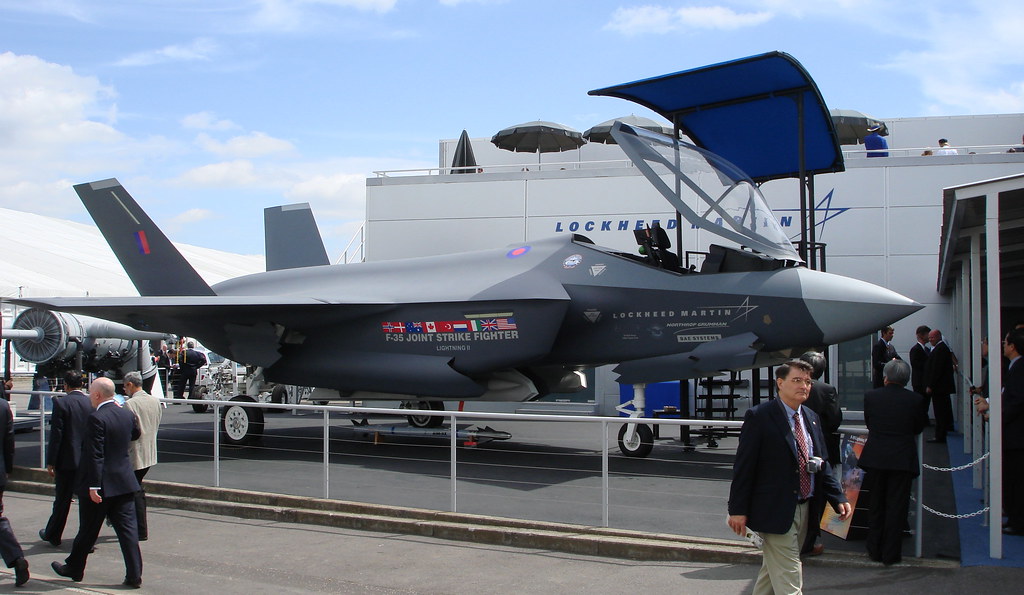
This biofuel initiative may also spark interest among other nations with limited access to fossil fuels, potentially altering the landscape of military aviation. As the world closely watches, the impact of biofuel on the performance and cost of Norway’s F-35s remains to be seen.

In a related development underscoring NATO’s interconnectedness, the U.S. and Royal Norwegian Air Forces have recently conducted the first-ever F-35 cross-service operation without supervision. Norwegian aircraft maintainers serviced U.S. F-35s, expanding the interoperability and capabilities of NATO allies.

As Gen. James B. Hecker of the U.S. Air Forces in Europe-Air Forces Africa and NATO Allied Air Command states, “Our goal is for any F-35 to land at any F-35 base, then refuel, repair, rearm, and return to action.”
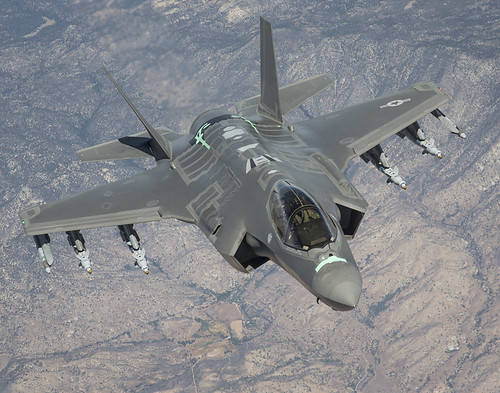
This collaboration exemplifies the growing operational flexibility among NATO members, which currently include twelve nations that fly or have ordered F-35s.
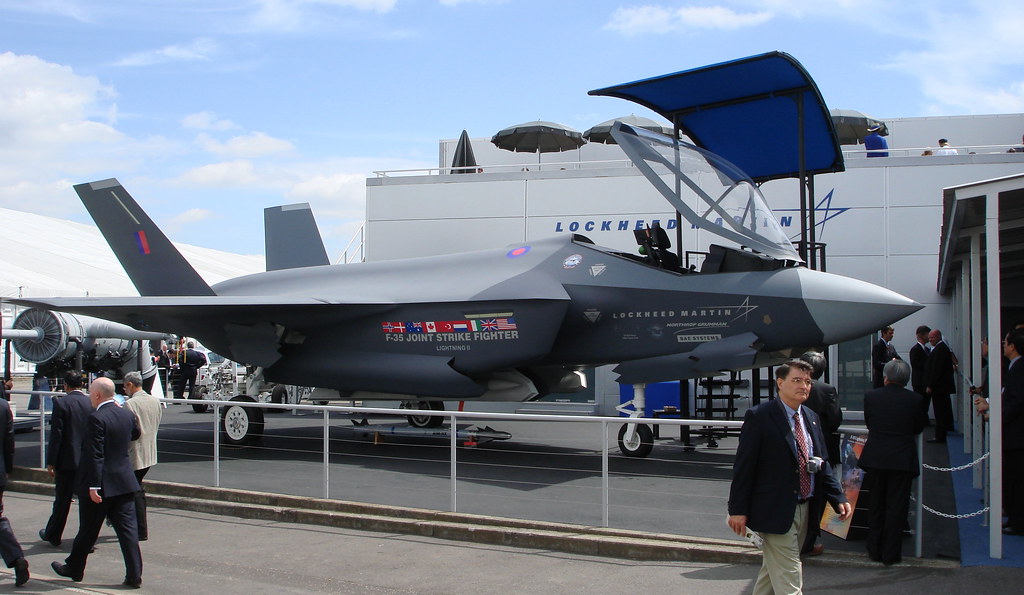
The seamless cross-servicing with Norwegian partners, as Maj Justin “Spike” Lennon, a 493rd Fighter Squadron pilot remarked, demonstrates a new level of integration and adaptability in F-35 operations.
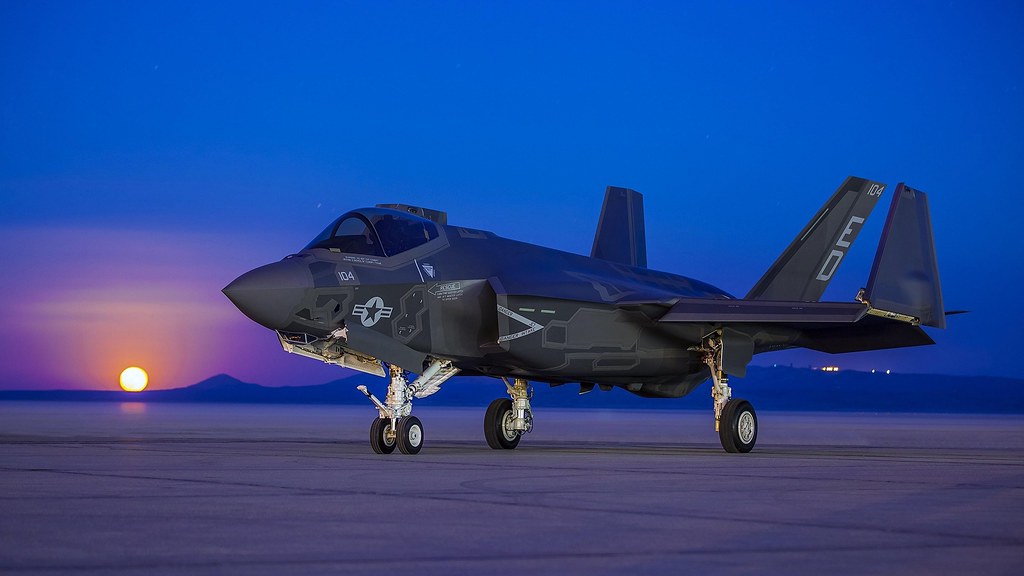
As Norway pioneers the integration of biofuels into its F-35 fleet and NATO allies strengthen their maintenance cooperation, a new era of sustainable military readiness and multinational tactical collaboration is clearly on the horizon.
Relevant articles:
– Norway Aims to Use Biofuel for Its F, Army Recognition
– U.S., Norway conduct first F-35 cross-service maintenance, U.S. Air Forces in Europe (.mil)
